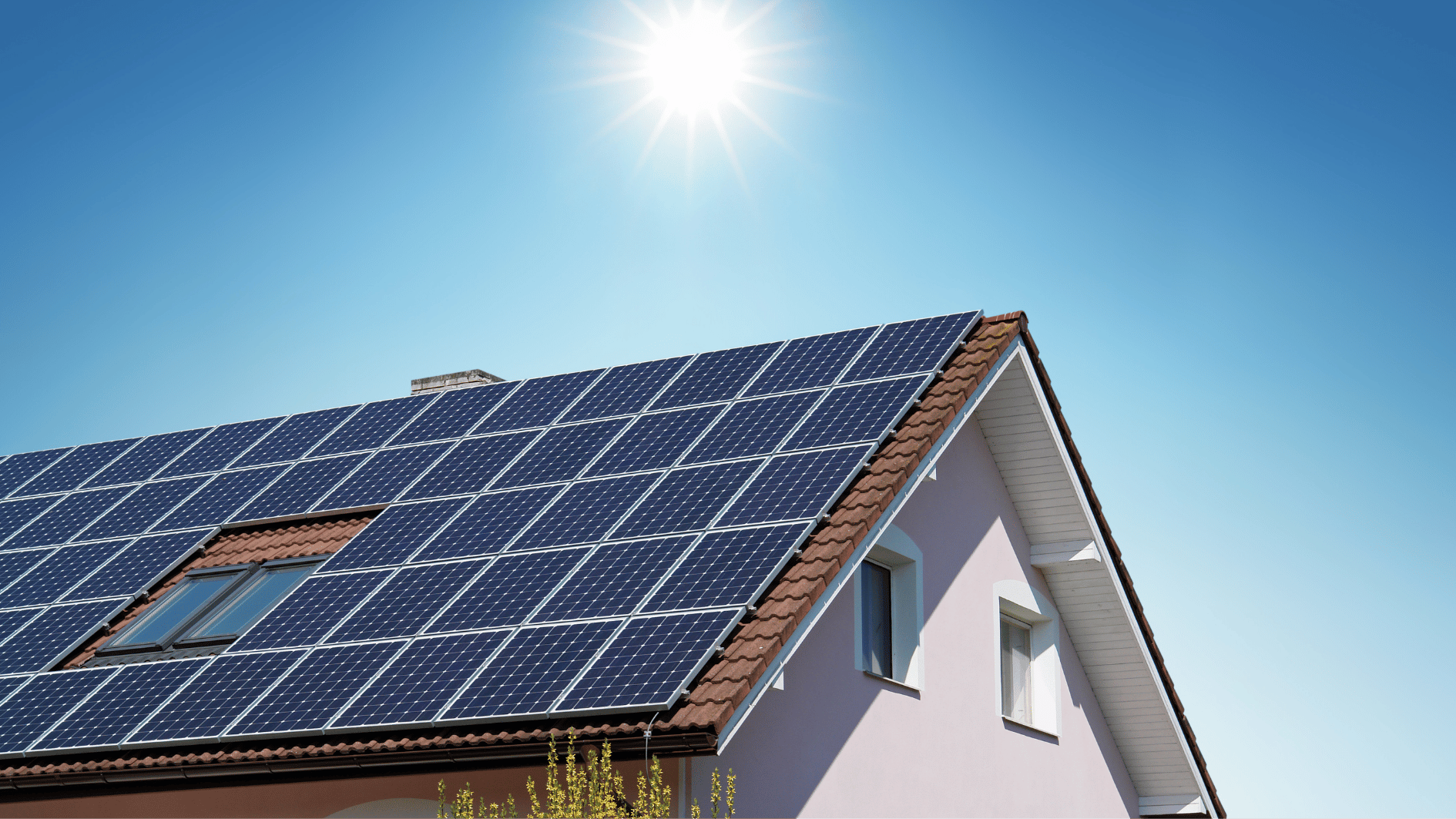Image source: Canva.com
The Buy-All, Sell-All tariff model is an innovative framework in the renewable energy sector that separates energy consumption and production activities for electricity producers, particularly small-scale and residential renewable energy systems. This model is designed to promote renewable energy adoption by ensuring that producers receive fair compensation for the electricity they generate while paying for their consumption separately.
How the Buy-All, Sell-All Model Works
Under the Buy-All, Sell-All scheme, all the electricity generated by a renewable energy system (like rooftop solar panels or wind turbines) is fed directly into the power grid. In return, the producer is compensated based on a predetermined tariff rate. Meanwhile, the producer purchases the electricity they consume from the grid, usually at the prevailing retail electricity rates.
Key Features
Two Separate Transactions
- Producers sell all the electricity they generate to the grid at a set rate (the “sell” price).
- Producers buy the electricity they need for their consumption from the grid at the standard retail rate (the “buy” price).
Grid as a Medium
The grid acts as both the buyer of renewable energy and the supplier of electricity for the producer’s needs.
Contractual Agreement
Producers typically sign a long-term agreement with the utility or energy supplier, which specifies the sell-back rate and other terms.
Metering System
A two-way metering system is installed to measure electricity generation and consumption separately.
Benefits of the Buy-All, Sell-All Tariff

Simplifies Accounting
The separation of production and consumption simplifies the metering process, making it easier to track and manage energy flows.
Incentivizes Renewable Energy Production
Producers are assured of a stable, often subsidized income for the energy they generate, which encourages investment in renewable technologies.
Encourages Efficient Energy Use
Producers are motivated to minimize their energy consumption since they pay the standard retail rate for electricity used.
Promotes Grid Integration
By feeding all generated energy into the grid, this model ensures that surplus electricity is available for other consumers.
Predictable Returns
Long-term fixed tariffs provide financial certainty, especially for small-scale producers or residential users.
Disparity Between Buy and Sell Rates
In many cases, the rate at which electricity is sold to the grid is lower than the retail rate at which it is purchased. This disparity can reduce profitability for producers.
Grid Dependency
The model assumes a fully functional and reliable grid infrastructure, which might not be available in remote or underdeveloped areas.
Initial Investment
Installing renewable energy systems like solar panels or wind turbines requires significant upfront costs, which may deter potential producers.
Policy Shifts
Changes in government policies or utility tariffs can impact the long-term viability of the Buy-All, Sell-All scheme.
Energy Losses
Transmitting energy back to the grid can result in losses, reducing the overall efficiency of the system.
Challenges of the Buy-All, Sell-All Tariff

Comparison with Other Tariff Models
| Feature | Buy-All, Sell-All | Net Metering | Feed-In Tariffs (FIT) |
| Energy Flow | All generated energy is sold to the grid; all consumption is bought from the grid. | Only net energy (generation – consumption) is sold to or bought from the grid. | All generated energy is fed into the grid. |
| Compensation | Fixed tariff for energy sold, retail rate for energy consumed. | Retail rate for net energy exported to the grid. | Fixed tariff for all energy generated. |
| Metering | Two separate meters for production and consumption. | Single bidirectional meter measures net usage. | Meter records total production. |
| Producer Incentive | Stable income but higher consumption costs. | Reduces electricity bills by offsetting consumption. | Stable income for all energy produced. |
Applications of the Buy-All, Sell-All Model
Residential Rooftop Solar Systems
Homeowners with solar panels can sell all the electricity they produce to the grid while buying what they need for their households.
Small-Scale Renewable Energy Projects
This model is ideal for small businesses or community renewable energy projects looking for stable returns.
Rural Electrification Programs
In developing regions, Buy-All, Sell-All can encourage decentralized renewable energy production while integrating it with the main grid.
Industrial and Commercial Applications
Factories and commercial establishments can use this model to monetize surplus energy generated from on-site renewable systems.
Future of the Buy-All, Sell-All Tariff
The Buy-All, Sell-All tariff is likely to evolve as renewable energy markets mature and grid infrastructure improves. Its success depends on factors like fair pricing mechanisms, government subsidies, and advancements in energy storage technologies. Policymakers must strike a balance between incentivizing renewable energy production and ensuring affordability for consumers.

The Buy-All, Sell-All tariff model provides a structured approach to integrating renewable energy into the grid while ensuring fair compensation for producers. While it has limitations, the model remains a vital tool for promoting renewable energy adoption, particularly in regions with supportive policy environments. As the world moves toward a greener future, Buy-All, Sell-All schemes can play a pivotal role in accelerating the transition to sustainable energy systems.





